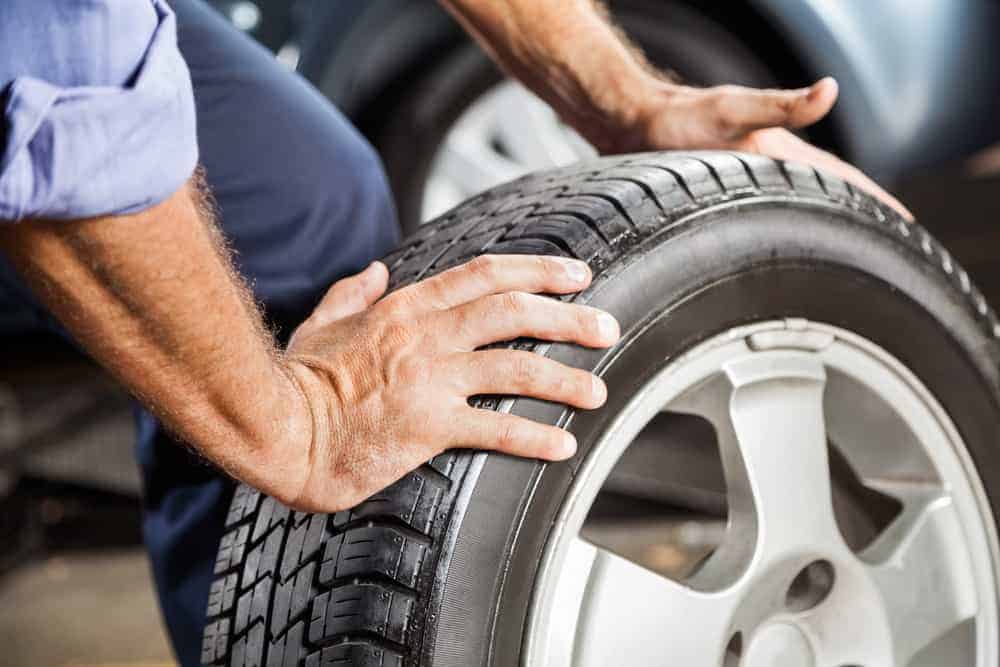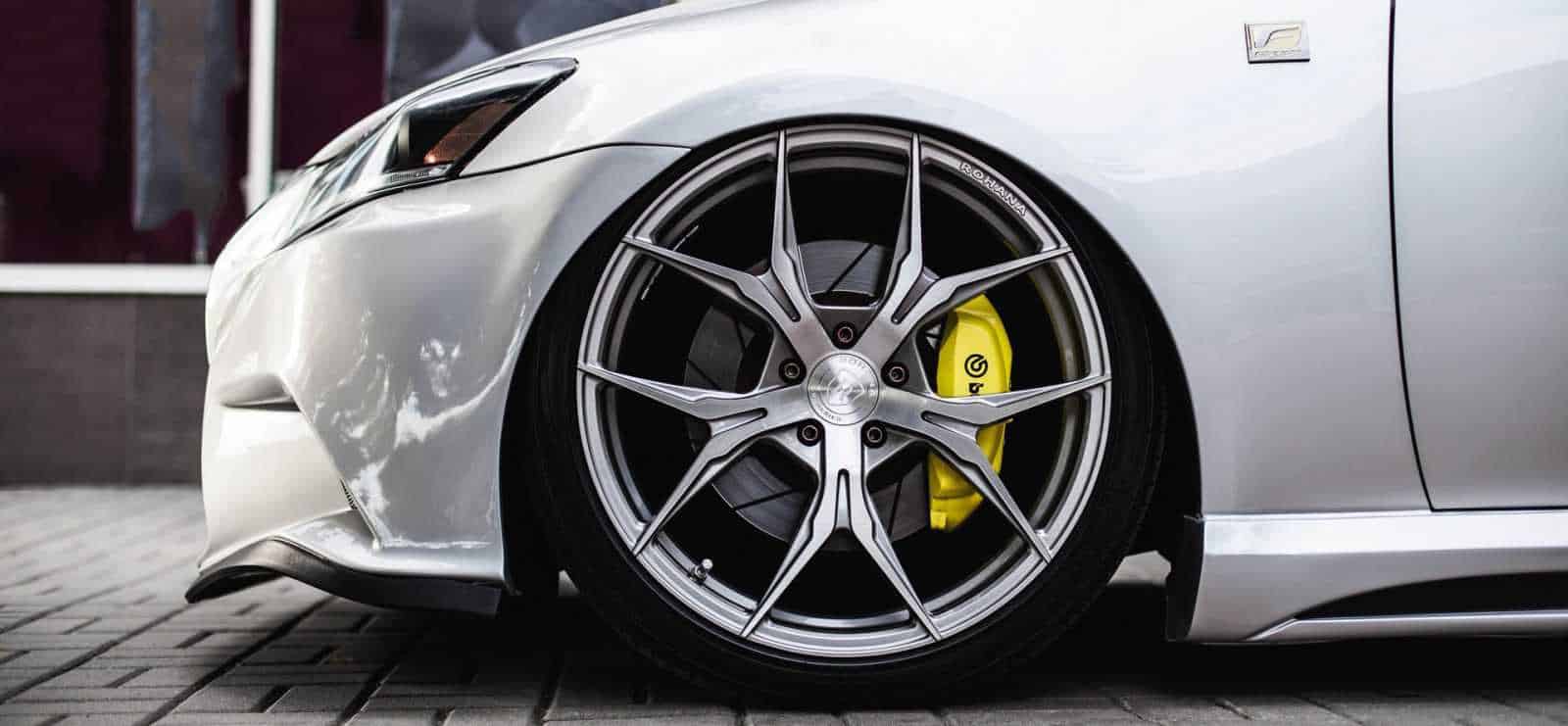
If you are getting bored of your car, a new set of wheels and tires can do wonders. Yes, the simple act of bolting new rims can completely change the appearance of your ride. It’s a common knowledge among motorists and car owners, that changing the wheels is by far the quickest and most cost effective way to bring a new life to your old vehicle. Keep reading the article about what wheels from other vehicles will fit your car.
While most motorists make the decision of changing the wheels of their vehicles for aesthetic reasons, some opt for bigger alloy wheels for performance-enhancing reasons, and others do it because they have a second set of wheels with winter tires.
However, even though it’s not rocket science, finding the right wheels to fit your car can be a daunting and a little tricky process, especially if you are not exactly a natural auto mechanic.
Luckily, you can use this article as a little research and as your guide and you can be rest assured you’ll find the right wheels for your ride.
The automotive wheel market is huge, offering tons of options for your car. Some companies offer aftermarket wheels that might fit your vehicle, there will be other wheels from your vehicle’s manufacturer that may fit.
Whichever route you choose, it’s vital to ensure that the new wheels have the same size, offset and bolt pattern.
Knowing which wheels are the perfect fit your car is an absolute must before buying anything. Spending hundreds of dollars on a set of wheels and tires, only to find out later they don’t fit your car, would be a total waste of money and effort.
Choosing the wrong wheels that don’t fit your car isn’t just a cost risk- it comes with a lot other consequences. The wrong wheels can look odd if the offset is incorrect – they will stick out of the wheel arches. Then there’s the risk of ruining the ride quality or creating serious safety implications from having the wrong wheels.
How do I know what rims fit my car?

Because of the essential role rims have on your car, their replacement needs careful consideration if you have decided to change them for a set of wheels from another vehicle.
Choosing a set of wheels from another vehicle to fit your car is possible if the new wheels meet the same conditions as the originals – namely the same tire and wheel size, offset and bolt pattern.
We go into more detail in these three key areas below:
Tire size
You should start off by determining the tire size before the wheel size – and there’s an excellent reason for this. The diameter of the tire and the wheel assembly should match the original wheel and tire setup. This is so that there’s no interference with the correct reading by the odometer and speedometer.
The best way to consider the tire size is that, if you want to install a set of wheels that are bigger by one inch than the original wheels – the tire size for the new wheels should be an inch smaller. That way you’ll be maintaining the original wheel and tire diameter – which won’t affect the speed that your car reads on the move.
Wheel size
Once you’ve ensured the new tire and wheel meet the original diameters, you need to think about the rim itself. When it comes to finding the size, this information is located on the sticker plate of your vehicle’s driver’s door. Similarly, you’ll find the vehicle specifications regarding wheel size in the owner’s manual and online. You can also measure the wheel’s diameter and width.
Double-check that the new wheel will fit the new tire size, by checking the rim with a tape measure. If you are in any doubt about the wheel that you’d like the tire to fit, further information can be found by checking a ‘rim compatibility chart’.
Wheel offset
Wheel offset is measured in millimetres and is defined as the distance between the centreline of the rim and the hub mounting surface. Make sure you obtain measurements of the old wheel offsets, so the new rims have matching figures and fit correctly. If the wheels have the wrong offset for your vehicle they will not only look odd, but they can also obstruct your car’s suspension, brakes or the body itself.
Zero wheel offset is when the mounting part is in the centre of the wheel. A positive offset is found in newer car models, and the difference is that the hub mounting surface faces the front of the wheel. Negative wheel offset is literally the opposite, where the hub mounting surface faces the rear of the wheel centre.
Bolt pattern
If you want your car to look more attractive with a new set of wheels, you should also choose the right bolt patterns, as they are essential for the appearance and the performance of your car.
With the number of wheel options,it’s easy to overlook this part. Never assume that any wheel with the same amount of bolt holes will fit your car because your original wheels also had the same number.
This is because the bolt pattern is determined by a two-number system, for example appearing as ‘4-100mm’. The first number (4) describes the number of bolts on a wheel. Then after a hyphen, the second set of numbers (100) represents the diameter in millimetres of a pretend circle which crosses through the centre of each bolt hole.
Can I just put bigger wheels on my car?
By now you’ll have read what tire size, wheel size, wheel offset and bolt pattern are. But you’re probably still wondering ‘how do I know what rims fit my car?’ The good news is that it’s even easier these days to find the right wheel for your car than it once was.
You can find the wheel and tire details in any of the following ways: there’s the old fashioned way using a measuring tape. The easiest and possibly best way is to look it up on the sticker on the driver’s side door sill, or in the driver’s manual. The manufacturer provided this information when your car was built so it will be correct.
Then, of course, there’s the internet – but we would advise you still double-check for official advice on your vehicle. This is because the internet can mislead you and give you wrong information. For example: the previous generation of your car which could lead to the purchase of the wrong wheels.
Once you are done with this, you’ll be looking for a new rim and wanting to check that the dimensions marry up so that your car can run on different wheels correctly.
Do this by following these steps:
- Find the bolt pattern – by simply counting the number of nuts on the wheel. The account for the second set of numbers by measuring the distance of two nuts that face each other.
- Check the wheel size – measure the width and diameter in inches – you’ll be close to knowing if another wheel will fit your vehicle if the size matches.
- Measure the offset of the wheel – as they won’t look right if they stick out too much from the car. They might also have implications for the suspension and brake components. If you are in any doubt that the measurements you’ve taken or read don’t marry up with those of the new wheels – get expert advice from a tire shop.
What happens when you get the wrong wheel size?

Driving a car with the wrong sized wheels could have serious safety complications. Wheels that are the wrong size can negatively affect fuel economy and can damage the suspension and brake systems. Not only that, the wrong wheel size can increase noise levels and negatively alter the styling of your car.
For example, a car that hasn’t been modified correctly to account for oversized wheels with larger tires will have the tires rubbing against the bodywork during everyday driving. The wrong wheel size can also mean you spend far more on gas consumption because of the increase in energy required to cope with the demand.
Getting the offset of the wheel wrong will also affect the performance. If the vehicle has a negative offset from the new wheels, it will add pressure to the suspension and could worsen the handling – potentially making it difficult to drive. The suspension could be so affected by negative offset, that under hard cornering, the steering wheel may flick back making the handling unstable and potentially causing an accident.
Positive offset can also bring downsides to the increased wear on your inner suspension and brake systems. The tires are at risk of bursting due to the rubbing effect, and there will be a noticeable change in how your car drives at higher speeds.
Finally, there are the looks a new set of wheels has on a car. Be careful in deciding which wheels from other vehicles fit your car.
If you follow our steps and get the technical stuff right, the aesthetics can still look wrong with inferior sized wheels. Small wheels never suit a larger car, so make sure you follow the right steps – and if you get it right, your choice of wheels could be the envy of other road users.








